By Adam Lynch
We can never know what frantic thoughts raced through George Armstrong Custer’s mind in the last hour of his life. But surely, as ever-growing numbers of angry, well-armed Plains Indians closed in on his 210 troopers of the 7th Cavalry, he must have realized that he had fatally misjudged the size of the hostile force now surrounding him.
His plan to subdue a large Indian village had completely broken down. He had been warned repeatedly by his scouts that his target, an Indian encampment on Montana’s Little Bighorn River, was far larger than he had imagined. Now, on this very hot June day in 1876, he must have known that he was going to die.
Even to the very end of what is now known as Custer’s Last Stand, we can picture the desperate, dust-covered Custer looking hopefully to the southeast for expected help from the rest of his command. He died not knowing why Major Marcus Reno and Captain Frederick Benteen never came up in support.
But we know. It is not a story of great valor, although certain moments of extraordinary bravery shine through. Benteen and Reno spent the rest of their lives defending their leadership and action—or lack of action—that day. An examination of the known facts reveals that they had a lot to defend.
Opposing the Native Nomadic Lifestyle
The growing presence and power of the white man, backed by overwhelming military strength, had gradually forced many of the Plains tribes onto reservations. However, some militant Indians still defied the United States government and chose to continue their nomadic lifestyle in the Unceded Territory. That huge expanse stretched from the Bighorn and Rocky Mountains on the west to the Great Sioux Reservation along the Missouri River to the east. It was there that the final battles of the Indian wars were fought.
On November 3, 1875, President Ulysses S. Grant and a few carefully selected cabinet members and Army generals met in secret session. The decision was made to launch a decisive war against the Indians and cripple their ability to further disrupt western expansion. Although no one knew it at the time, Custer’s fate had been sealed.
On December 6, the government issued an ultimatum. All roaming Indians would have to return to the reservations by January 31, 1876, or risk being considered “hostile.” In early February, Lt. Gen. Philip Sheridan, commanding the Division of Missouri, ordered his forces to prepare for operations against the hostiles. The military plan was a three-pronged affair. One force under Brig. Gen. George Crook moved out from Fort Fetterman in Wyoming. Colonel John Gibbon marched from Fort Ellis in Montana. The third unit, led by Brig. Gen. Alfred Terry, advanced from the Dakota Territory. Terry released Custer and his 7th Cavalry as a mobile strike force to track and locate the Sioux and Cheyenne tribesmen thought to be in Montana Territory in the Little Bighorn Valley.
Unheeded Warnings

By late June, however, the plan to link up and trap the hostiles was falling apart. Crook was defeated by an Indian force on the Rosebud River. Terry and Gibbon got temporarily lost. Custer was essentially on his own. In fact, Terry had given Custer unusual freedom. One part of his orders read, “We place too much confidence in your zeal, energy and ability to impose precise orders upon you which might hamper your action when nearly in contact with the enemy.” That was all the ambitious, headstrong Custer needed to hear. It triggered the inevitable chain of events that led to his death.
Counting 35 Indian scouts and civilians, Custer led 12 companies, 680 men, seemingly a substantial strike force. But by the time he headed out from Fort Abraham Lincoln on June 22, the number of Indians camped along the Little Bighorn had swelled to 7,000. Between 1,000 and 1,500 of these were warriors. Custer’s scouts found numerous trails leading to the Little Bighorn, and soon discovered the massive encampment that now held seven different Indian bands in a straight line stretching almost three miles. Even then, Custer did not seem to understand how many armed warriors he was facing.
On June 25, as the main cavalry body drew closer, Custer feared that his force had been detected, and instead of waiting for a surprise assault at dawn, he decided to attack that afternoon. Although his scouts continued to offer strong warnings, Custer discounted their advice. Lieutenant Edward Godfrey recalled Ree scout Bloody Knife saying, “We’ll find enough Sioux to keep us fighting for two or three days.” But, Godfrey said, “Custer remarked laughingly that he thought we could get through in one day.” Lieutenant Charles Varnum overheard Custer’s chief scout, the mixed-blood Mitch Boyer, tell Custer, “General, if you don’t find more Indians in that valley than you ever saw before, you can hang me.” Custer testily replied, “Well, a lot of good that would do me.”
Not only did Custer reject the warnings, he divided his force into four groups. He ordered Benteen to take three companies of 120 men, scout a series of ridges to the southeast to spot any Indians trying to flee, and then rejoin him. Private Charles Windolph later reported that he heard Benteen protest, “Hadn’t we better keep the regiment together General? If this is as big a camp as they say, we’ll need every man we have.” Custer curtly replied, “You have your orders.” Custer then ordered Reno to take three companies of 140 troopers and 35 scouts and launch an attack from the south end of the village. The slow pack train, under Captain Thomas McDougall, was given another 175 men. Custer retained five companies with 210 mounted soldiers and civilians. He promised to support Reno in the attack. To say the least, the plan was impulsive and uncoordinated.
A Complete Rout
A few minutes after 3 pm, Reno forded the Little Bighorn River, which the Indians called “Greasy Grass,” and raced his mounted troopers into the southern end of the village. Custer mistakenly believed that the Indians were trying to escape. But the Indians were not fleeing. Instead, Reno quickly rode into a growing number of counterattacking warriors. The troopers halted, dismounted, and formed a skirmish line, then watched in dismay as hundreds of Indians, some mounted and others on foot, began to outflank them. In less than an hour of heavy fighting, the soldiers were in danger of being surrounded. Bloody Knife, standing next to Reno, was struck in the head, spraying the major with blood and brains. In shock, Reno panicked, issued wildly confusing orders, and ran for it. No retreat order was passed to the troopers, but as he desperately mounted his horse to flee, Reno shouted, “Any of you men who wish to live, make your escape—follow me!”
The uncoordinated rush back to the river was total chaos. The soldiers drove their horses into the water, crossed the river, and clawed their way up the steep 100-foot bluffs on the other side. The Indians, riding on their flanks, poured a withering fire into the wildly retreating soldiers. Some 80 troopers, including 13 wounded, managed to get to the top. Seventeen others were left in the woods. Thirty of Reno’s men were killed initially, and another 27 died in the fighting. Reno insisted later that his retreat was actually a charge.
“I’ve Lost Half My Men!”
Custer never crossed the river. Instead, he led his men north on the near or east side along high bluffs above the valley, apparently hoping to block any Indians from getting away in that direction. Although a clear view of the valley bottom was difficult, he briefly spotted Reno fighting and saw for the first time, with his own eyes, the immense size of the enemy encampment. He quickly sent Sergeant Daniel Kanipe to find Benteen. Fifteen minutes later he dispatched trumpeter John Martin to carry another urgent message to the captain. Custer’s famous written order read: “Benteen—Come on—Big village—Be quick—bring packs. PS—Bring [ammunition] packs.”
Historian Walter Camp, who interviewed many of the participants soon after the battle, cited Benteen’s reply upon receiving the message: “After he read the message handed to him by Martin, he was heard to remark, ‘Well, if he wants me to hurry how does he expect that I can bring the packs? If I’m going to be of service to him I think I had better not wait for the packs.’” As Benteen rode closer, he suddenly saw Reno’s men scrambling to the top of the hill as Indian warriors swarmed in front. It was now 4:10 pm. A few minutes later, Benteen’s force joined Reno’s position. Martin, who stayed with Benteen, told historian Colonel W.A. Graham that he heard Reno exclaim, “For God’s sake, Benteen, halt your command and help me. I’ve lost half my men!” Benteen immediately distributed his extra ammunition to Reno’s men.

Could Benteen Have Aided Custer?
At almost the same time, heavy firing was heard coming from a few miles downstream. This was the critical moment. The Indians had spotted Custer’s cavalrymen approaching from the other end. Almost all the Indians now rushed off to meet the new threat. Although many troopers urged them to ride to the sound of the guns, neither Reno nor Benteen made any effort to move in that direction. They later denied even hearing any firing. Benteen told an army court of inquiry in Chicago in 1879, “I have heard officers disputing about hearing volleys. I heard no volleys.” At the same hearing, Reno blandly testified, “I heard no firing from down river.”
It has long been maintained that the Reno-Benteen forces were trapped on the hilltop by hundreds of Indians. In fact, Benteen told the court of inquiry, “The 900 Indians I saw in the valley remained there perhaps a half an hour then most of them went down the river.” In truth, the Indians were gone within minutes of Benteen’s arrival. Letters, memoirs, and subsequent interviews with both Indians and army troopers refute his sworn testimony.
Godfrey, in an 1892 interview, said, “At this time [4:20] there were a large number of mounted Indians in the valley. Heavy firing was heard down river. Suddenly, they all started down the valley and in a few minutes scarcely a horseman was to be seen. During this time questions were being asked. ‘What are we staying here for?’” William Taylor, a private with Benteen at the time, in a first-person narrative published after his death, wrote, “We heard firing off in the direction Custer was supposed to have gone. ‘Why don’t we move?’ was a question asked by more than one. The troops that were engaged in the valley were somewhat demoralized but that was no excuse for the whole command to remain inactive.”
“None but Squaws and Children in Front of Them”
In an interview with Camp, Martin said, “We heard a lot of firing down the river. It kept up for half an hour. It sounded like a big fight was going on. We wanted to hurry and join them but they wouldn’t let us go.” The great Sioux medicine man Sitting Bull was asked in an 1887 interview, “Did your war chiefs not think it necessary to keep some of the young men there to fight the troops in the entrenchments?” He answered, “No, only a few soldiers were left on those bluffs. There were none but squaws and children in front of them.” Cheyenne warrior Wooden Leg, in an interview when he was 70, said, “In the hills to the north there was another force of soldiers. The Indians shooting at the first soldiers began to leave and ride toward those on the northward hills.”
Lieutenant Charles DeRudio, one of those who remained hiding below in the valley, said, “Soon after Major Reno left the timber, firing commenced at the other end of the village. I heard immense volleys and more than half the Indians left.” In a 1916 interview, Crow scout Hairy Moccasin said he saw Reno’s fight in the valley, which he described as “a big scramble with lots of Sioux.” Later, Custer asked him, “How is it going?” He replied, “Reno’s men are fighting hard.” Boyer then sent him back south, where he met Benteen on the hilltop. Hairy Moccasin said to him, “Do you hear that shooting back where we came from? They’re fighting Custer there now.” This was specific information on Custer’s location that Benteen later denied knowing.
Similar information was given to Reno. At the Chicago court of inquiry, McDougall testified, “The firing I heard was to the north on my right as I went toward the Little Big Horn. It was just two volleys. I told Major Reno about it.”
At 5:05 pm, Captain Thomas Weir, who had been seen arguing strongly with Reno and pointing excitedly downstream, took his company, on his own, in that direction. From what is now known as Weir’s Point, he saw the end of the Custer battle, then returned to the top of the hill. He reported that he had seen Indians firing at troopers’ bodies already inert on the ground.
A Calculated Decision to Not Engage
The critical 10 to 15 minutes after Benteen joined Reno was the time in which a more determined leader might have taken charge. Admittedly, trying to mount an immediate relief force would have been difficult; the slow pack train with more ammunition had not yet come up. Perhaps it wouldn’t have made a difference and would have only resulted in more dead soldiers, but to refuse to try violated Custer’s order to “Come on—Come quick.”

Perhaps the most revealing testimony came from Benteen himself. He told the Chicago court, “A movement could have been made down the river in the direction Custer had gone upon my arrival on the hill, but we would have all been there yet.” Apparently, Benteen didn’t like the odds and figured that any soldiers who went that way also would have been killed. His sworn testimony that he and Reno heard no shooting, that they were tied down by 900 Indians, and that they didn’t really know where Custer was is not convincing.
Through the years, both Reno and Benteen tried to improve their version of what happened. They wrote letters and gave interviews in which they maintained that shortly after linking up on the hilltop, the ammunition pack train arrived and a movement was made in Custer’s direction. However, John Gray, in his 1991 book, Custer’s Last Campaign, convincingly shows that it was at least an hour before any such movement was launched, and that was only after continued prodding by Weir and others. Even then, it was a half-hearted advance. Benteen and Reno took only three companies down toward Custer’s position. By then, the window of opportunity had closed. Custer’s 220 men had been annihilated in a little less than an hour, and the victorious Sioux and Cheyenne were now coming back upstream. Quickly, the companies were forced to retreat to their position on the hilltop with the rest of the survivors.
Over the next several hours the Indians made repeated charges against the soldiers’ line. By all accounts, Benteen rallied the men, took control of the defense, and was responsible for preventing a rout. In later years, even his critics—and there were many—admitted that Benteen had held the force together. By evening, the shooting diminished and the companies remained through the night, listening to the shouts and loud victory whoops coming from the Indian encampment below.
In fairness, some participants believed that an attempted linkup would have been doomed. Varnum, Custer’s chief of scouts, told Camp that he never thought Benteen and Reno had any real chance of rescuing Custer. The same opinion was expressed later in a 1923 letter from General W.S. Edgerly, who had been a lieutenant with Benteen on the hilltop. Edgerly wrote, “In my opinion there was no chance to have saved Custer’s command or any considerable part of it from destruction [even] if Reno had advanced at once upon Benteen’s junction with him and without waiting for the ammunition.” He told Camp the same thing, adding significantly, “With the information they had at the time there was no reason not to have tried it.”
Sitting Bull Decides to Spare Reno and Benteen’s Force
After a nervous night on the bluff, the troopers strengthened their position for an expected attack in the morning. Although the Indians resumed sniping and harassing, they made no serious attempt to drive the soldiers off the hill. Writer David Humphreys Miller, who in the 1930s interviewed aged Indian participants, said that Sitting Bull told him that he believed the issue was settled, that the white soldiers had taken a drubbing, and he was willing to let it go at that. Numerous Native American accounts contend that it was only after a direct order from Sitting Bull that they were not allowed to attack and overwhelm the Reno-Benteen force as they had done earlier with Custer.
To the relief of the surviving troopers, in the late afternoon of the 26th the huge Indian camp began to pack up and move out. They had been warned by their scouts of the approach of Terry’s force. Fewer than 100 of their warriors had been killed in the fighting on the bluff and in action against Custer’s force to the north.
Retribution for Custer’s Last Stand
The next day Terry’s column arrived. Fighting at the Little Bighorn was over. Terry found the bodies of Custer and his men scattered above the river in various separate places where different companies had tried to make a stand. The dead bodies had been stripped and mutilated. Custer’s body was one of the few that had not been scalped. Grisly newspaper accounts of the battle and its aftermath outraged Americans across the country. They demanded retribution. From that time on, the Indians’ freedom to migrate, hunt buffalo, and celebrate their spirited lifestyle was running out. The military stepped up efforts to bring any still-roaming Indians under control. Western migration increased, new train tracks were laid, fortune seekers poured in for gold, and the traditional world of the Plains Indians soon disappeared. Custer’s Last Stand was also theirs.
The question remains: Could at least part of Custer’s five companies have been saved? Whether Reno and Benteen might have pulled it off can never be known. That they didn’t even try, and then grossly misrepresented the reasons why they didn’t, is no longer open to dispute.

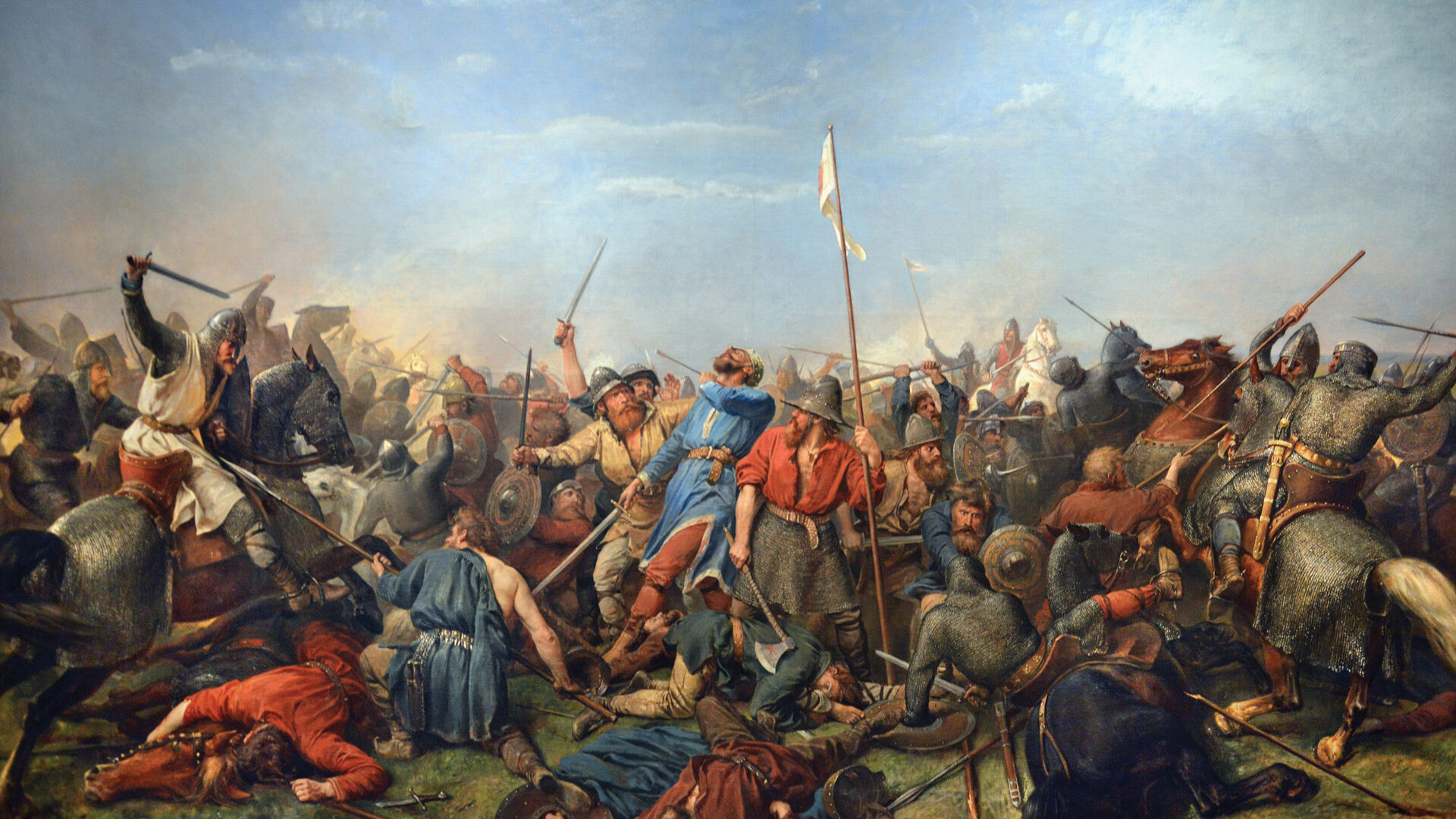
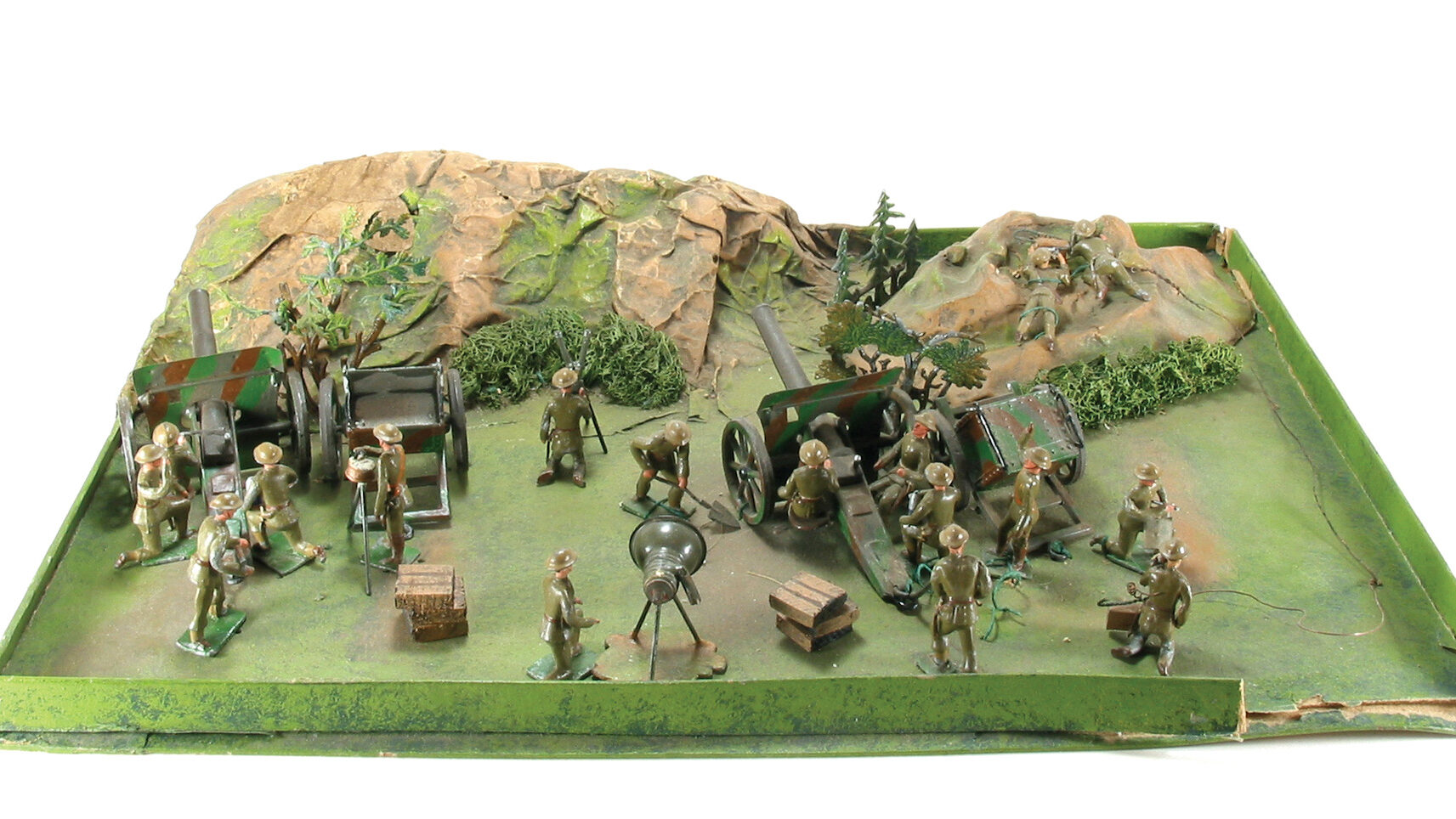
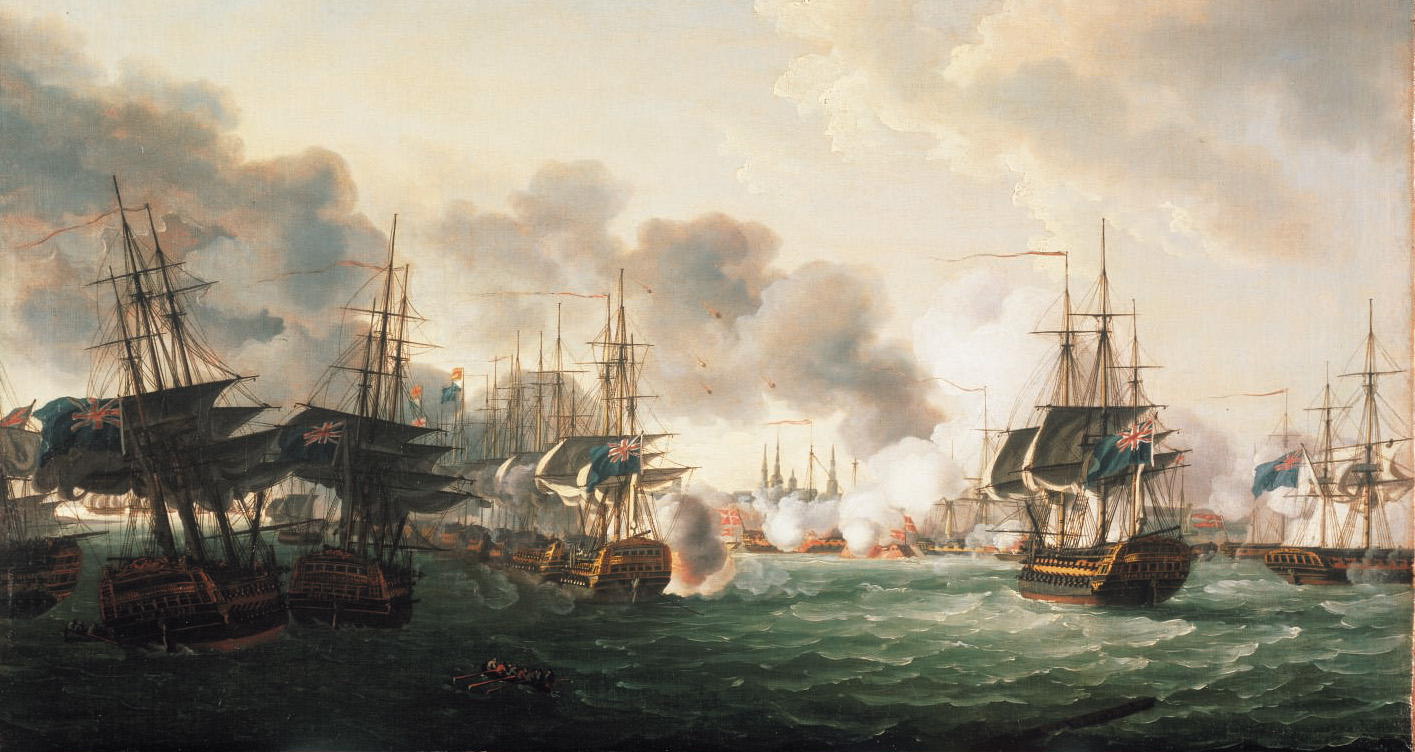
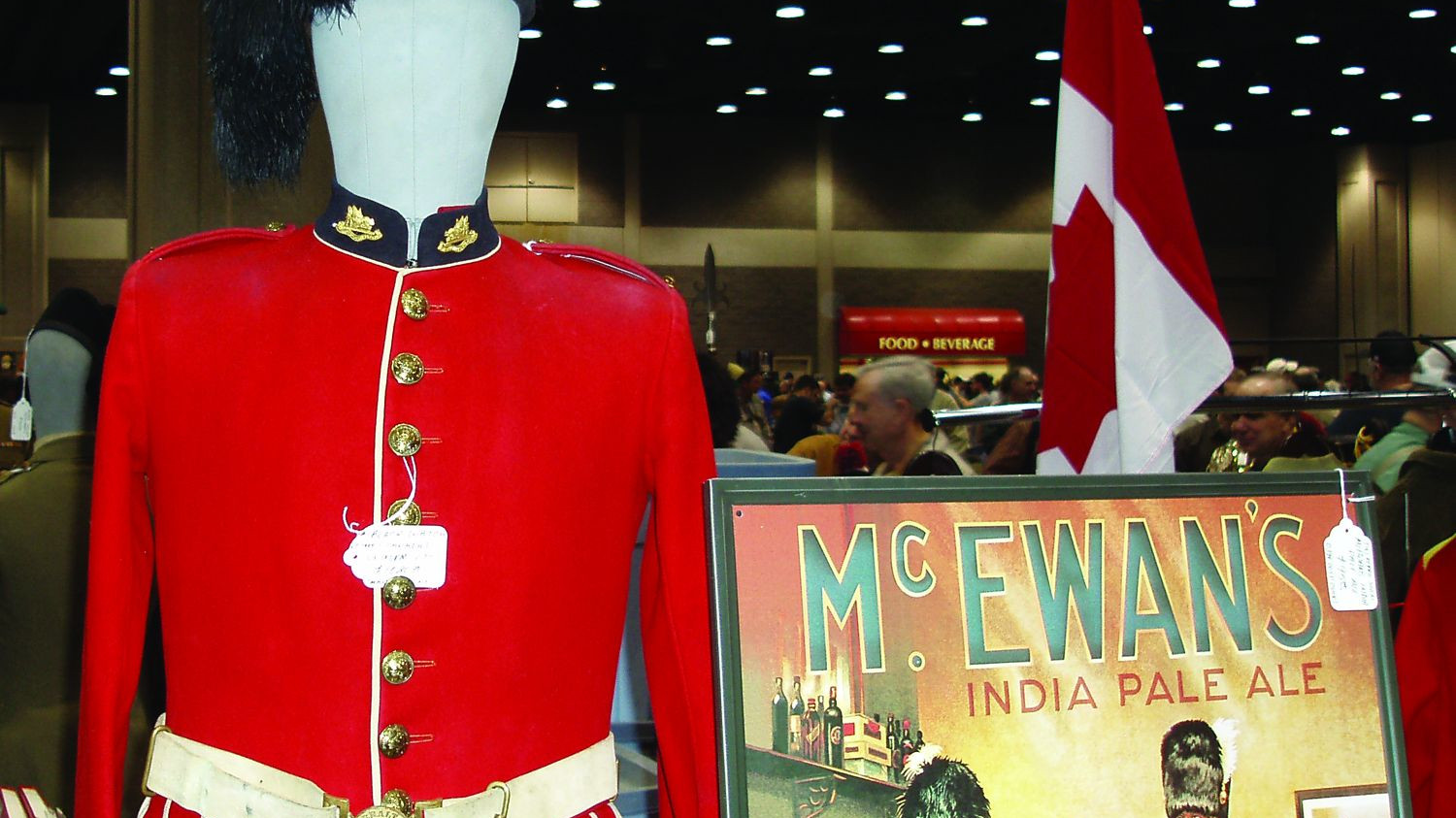
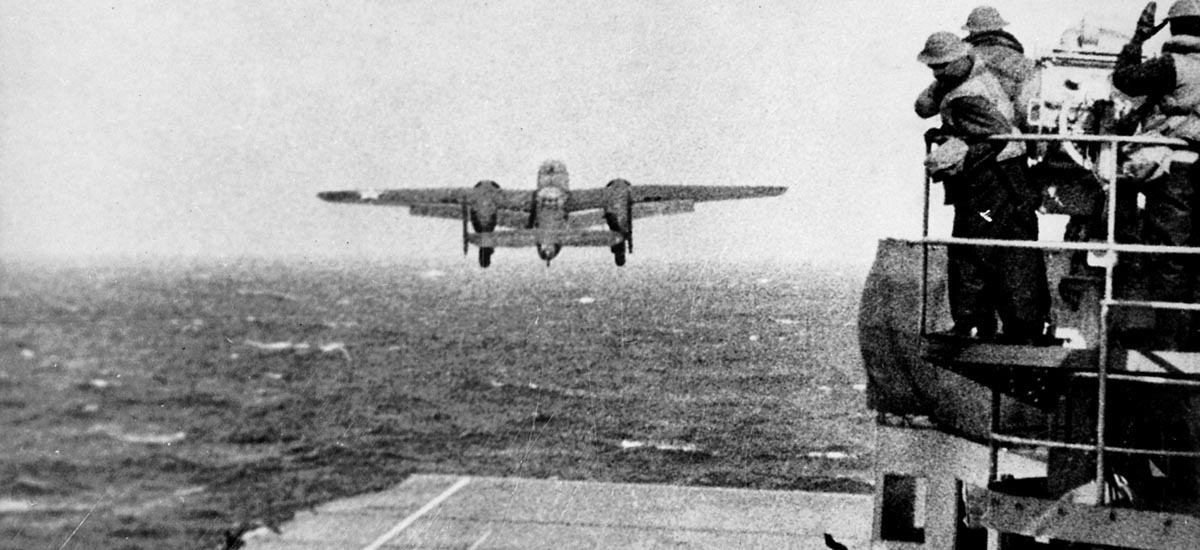
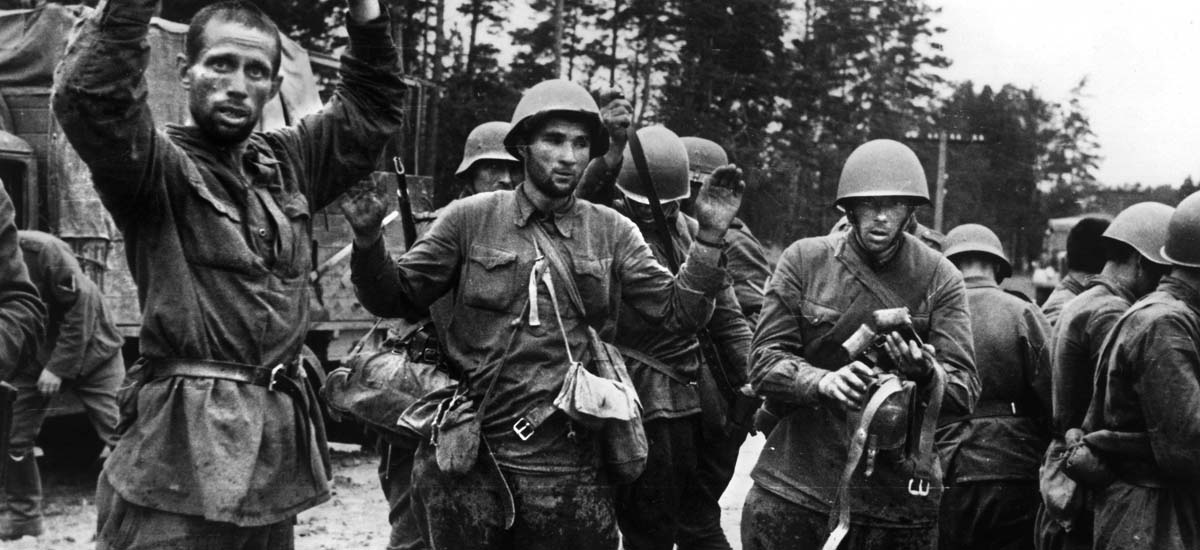
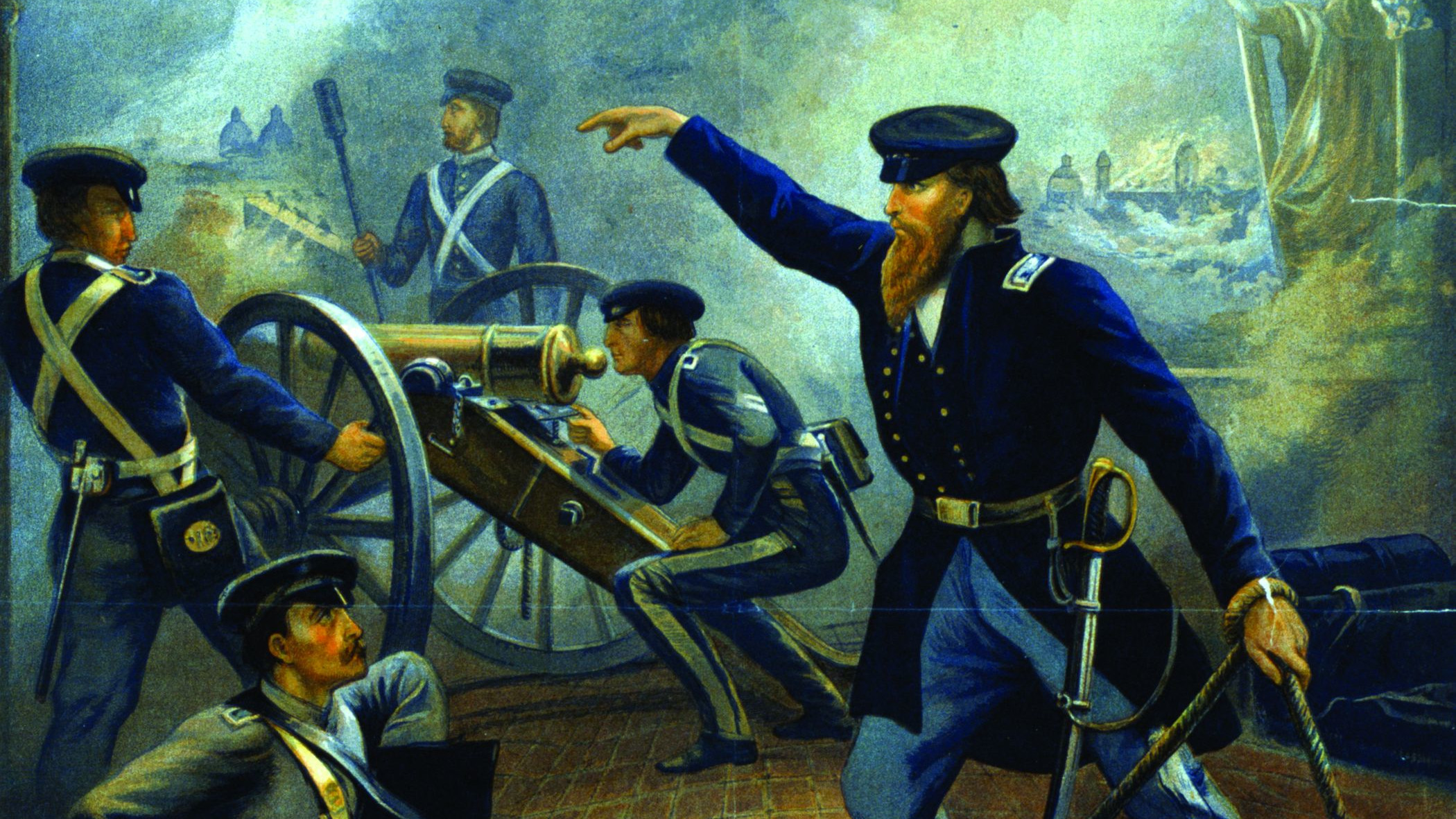
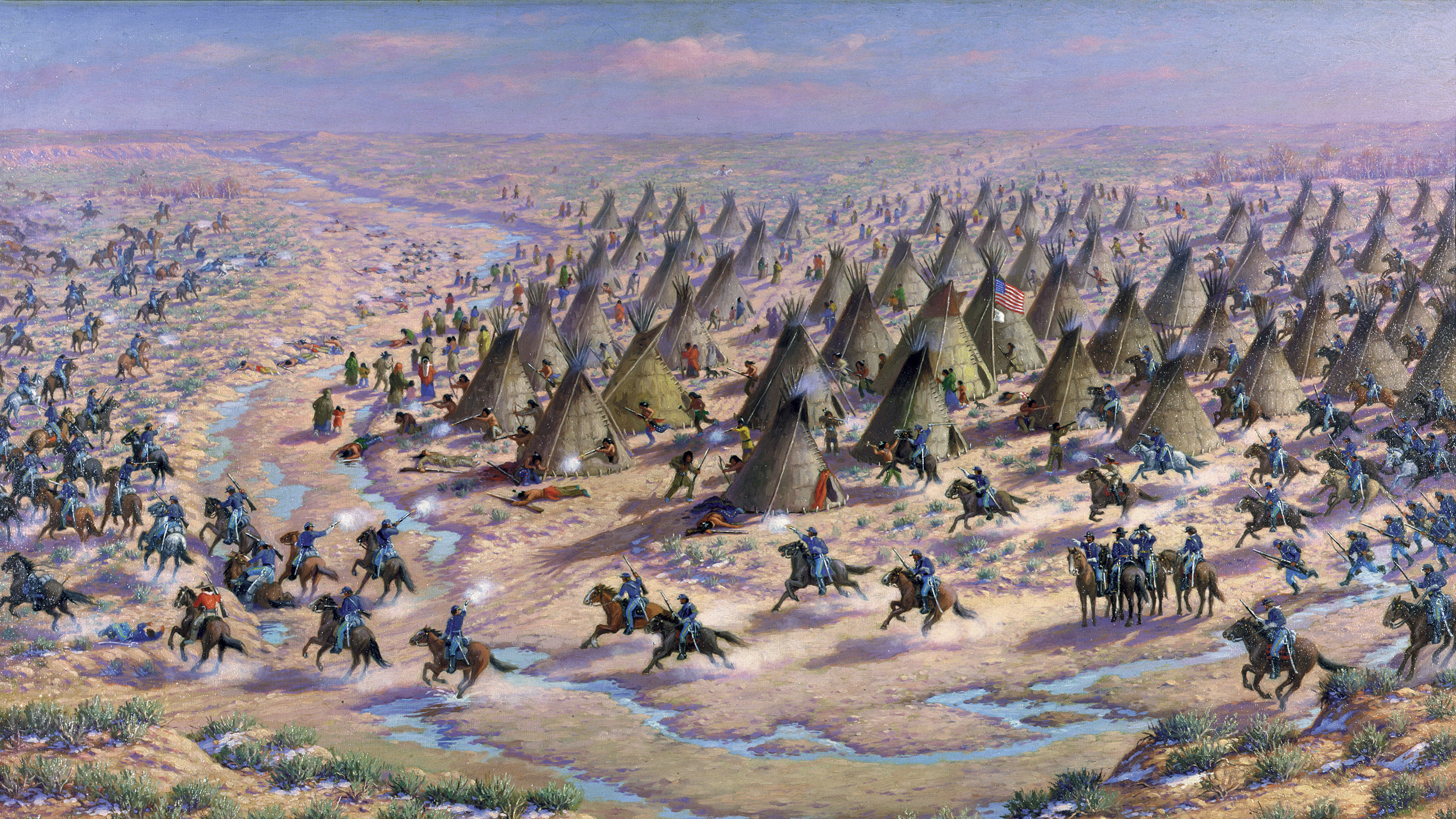
I agree with the guy who said, if they had tried it, they might not have lived to tell the tale. Custer was an idiot for not believing his scouts. It was their job to bring back accurate information. His job to act accordingly, not discount it. He thought it was a lark and wanted to run for president in the next election. Getting his brothers and his nephew killed, just because he thought he was golden is lunacy to say the least. Benteen and Reno were fighting a losing battle with the death of a young golden boy and his crappy ego. If Custer had lived to a ripe old age, would we have heard him referred to as ‘Son Of Morning Star’? I doubt it very heartily. I don’t know what he had been court-martialed for before that, but I’m betting there would have been at least one more in the future. Had he lived.
A lot of people, like the above commenter, refer to Custer as an “idiot” for not believing his scouts. That is the popular attitude this decade, it has changed dramatically over the century and a half since the battle. We have the luxury of a hundred years of study to make our assessment. Custer had less than an hour. If he did not attack the village and let the Indians escape , people would still be talking about what an “idiot”he was, and a coward to boot. He was in a seriously untenable position. The Indian camp had spotted his troops, and they could disappear and scatter in a few hours. Experience and history told Custer that is exactly what he could expect. Explaining this to General Terry was not something Custer was looking forward to. Experience had also taught him that a preemptive cavalry charge would cause the village to panic, giving him an opportunity to separate and round up women and children, ending the battle. I believe that was his plan.
But Reno did not charge, he stopped short. And Benteen did not “come quickly “.
He didn’t come at all. Custer and his five troops were isolated and left to die. Custers death was distorted, obfuscated, lied about and twisted ever since. A lot of ass covering was going, even before Custers body was cold.
I think John is pretty much spot on. Custer was aggressive and that served him well in the past. But when he came over the knoll and saw how big the enemy forces were, I’m sure he realized he was in for a bad day. Add the fact that the Indians were better armed (repeating rifles) had the advantage of fire power – well, it’s pretty obvious what the outcome was gonna be.
Subsequent interviews with Native participants years later appear to confirm their belief that Custer and all his forces would probably have met the same fate had they succeeded in conducting the joint operation rather than a divided approach. There were simply too many Indian warriors and the tactic he used at Washata would not have been effective. Custer may not have been an idiot, though his position in his West Point graduating class, tends him no compliment. He was vainglorious and that greatly contributed to the disaster.
Custer was a megalomaniac and deserved to die. Over the years, the white man systematically stole the Red man’s land. The land belonged to the North American Indians. So, no sympathy for any of these thieves. All these American westerns are a lot of nonsense showing the Indians in a bad light.
You know why the Comanches ended up on the southern plains? Because the Sioux pushed them there. Native Americans were warring against each other long before the white man arrived. And I’m a card-carrying Indian but I do understand history and don’t make excuses.
Serious research has been able to identify and name 941 individual Indian adults (including several women)who fought in this battle: interestingly enough, that ties in with Benteen’s account of ‘900 warriors’ in the valley, and gives lie to the myth of “thousands” of warriors and impossible odds.
Now perhaps Benteen and Reno would have been defeated too IF they had moved to join Custer, but no-one has considered what might have happened if they had instead counter-attacked the village as per Reno’s original orders when, as Sitting Bull says, there were “none but squaws and children in front of them”